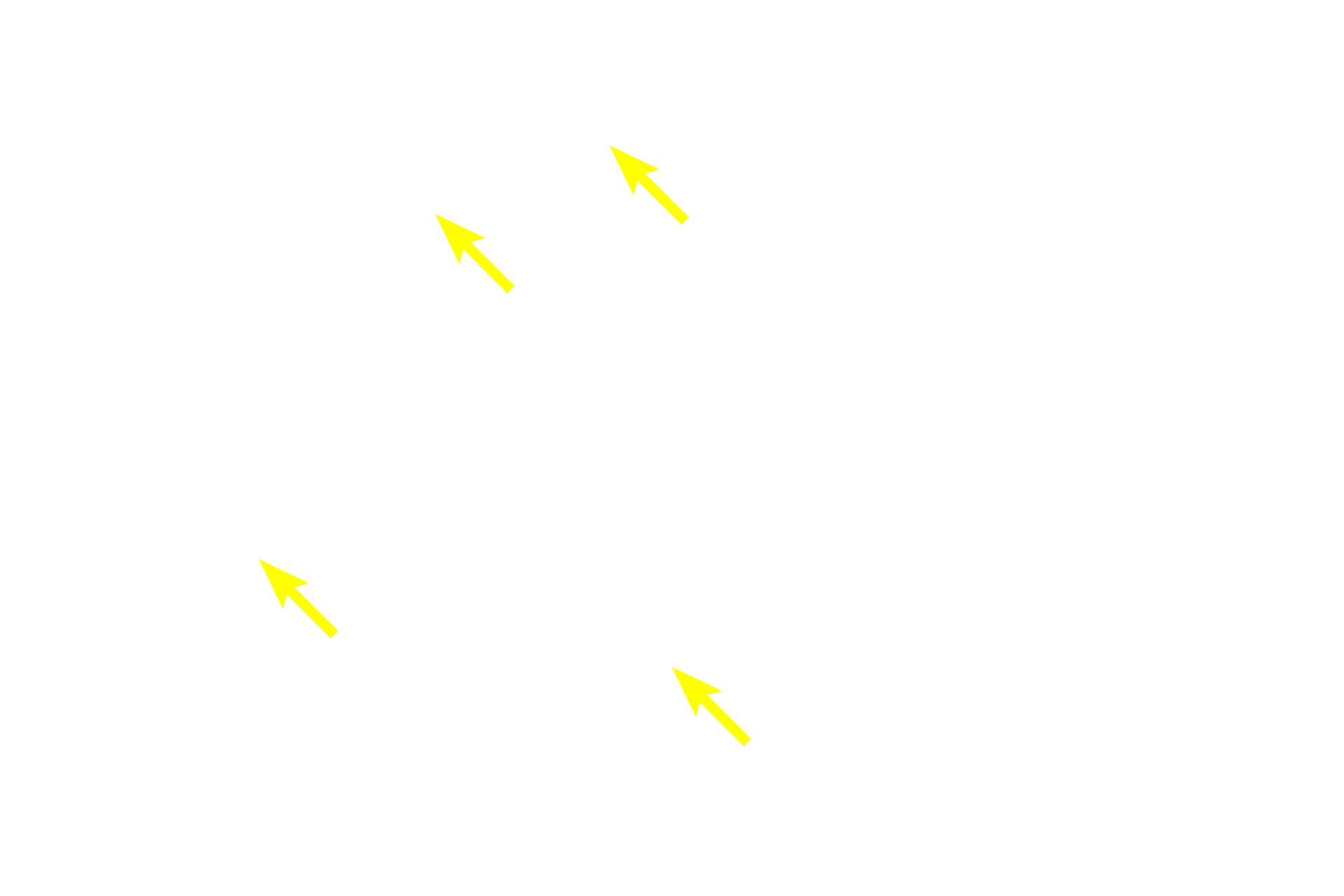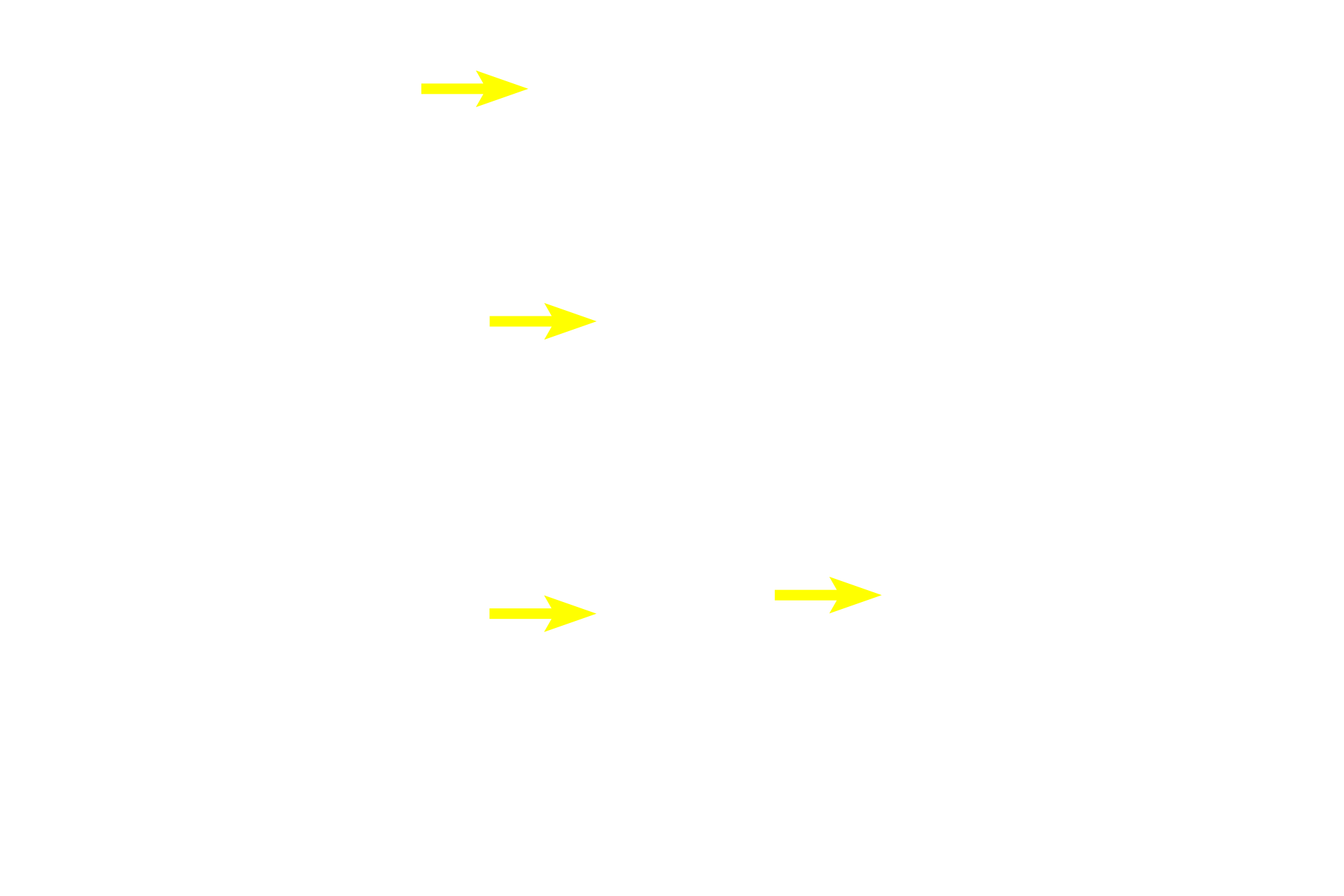
Secretory granules
The cells in this image contain secretory granules that stain with either hematoxylin (magenta) or eosin (pink-orange), reflecting the chemical properties of the proteins they contain. The granules are distributed throughout the cytoplasm, indicating that these cells lack polarity, a feature commonly seen in endocrine cells. The pale-staining region adjacent to some of the nuclei indicates the presence of a large Golgi apparatus (“negative Golgi” image). Pituitary gland 1000x

Secretory cells
The cells in this image contain secretory granules that stain with either hematoxylin (magenta) or eosin (pink-orange), reflecting the chemical properties of the proteins they contain. The granules are distributed throughout the cytoplasm, indicating that these cells lack polarity, a feature commonly seen in endocrine cells. The pale-staining region adjacent to some of the nuclei indicates the presence of a large Golgi apparatus (“negative Golgi” image). Pituitary gland 1000x

- Secretory granules
The cells in this image contain secretory granules that stain with either hematoxylin (magenta) or eosin (pink-orange), reflecting the chemical properties of the proteins they contain. The granules are distributed throughout the cytoplasm, indicating that these cells lack polarity, a feature commonly seen in endocrine cells. The pale-staining region adjacent to some of the nuclei indicates the presence of a large Golgi apparatus (“negative Golgi” image). Pituitary gland 1000x

- Nuclei
The cells in this image contain secretory granules that stain with either hematoxylin (magenta) or eosin (pink-orange), reflecting the chemical properties of the proteins they contain. The granules are distributed throughout the cytoplasm, indicating that these cells lack polarity, a feature commonly seen in endocrine cells. The pale-staining region adjacent to some of the nuclei indicates the presence of a large Golgi apparatus (“negative Golgi” image). Pituitary gland 1000x

- Golgi complex
The cells in this image contain secretory granules that stain with either hematoxylin (magenta) or eosin (pink-orange), reflecting the chemical properties of the proteins they contain. The granules are distributed throughout the cytoplasm, indicating that these cells lack polarity, a feature commonly seen in endocrine cells. The pale-staining region adjacent to some of the nuclei indicates the presence of a large Golgi apparatus (“negative Golgi” image). Pituitary gland 1000x